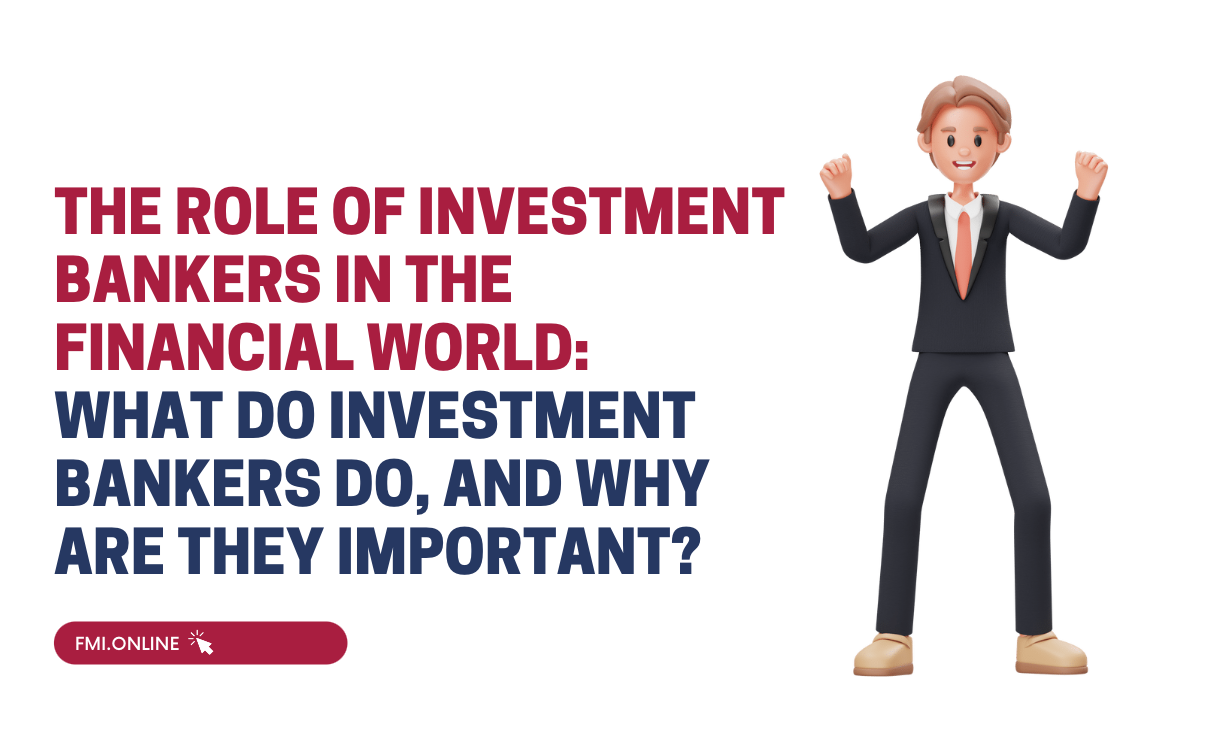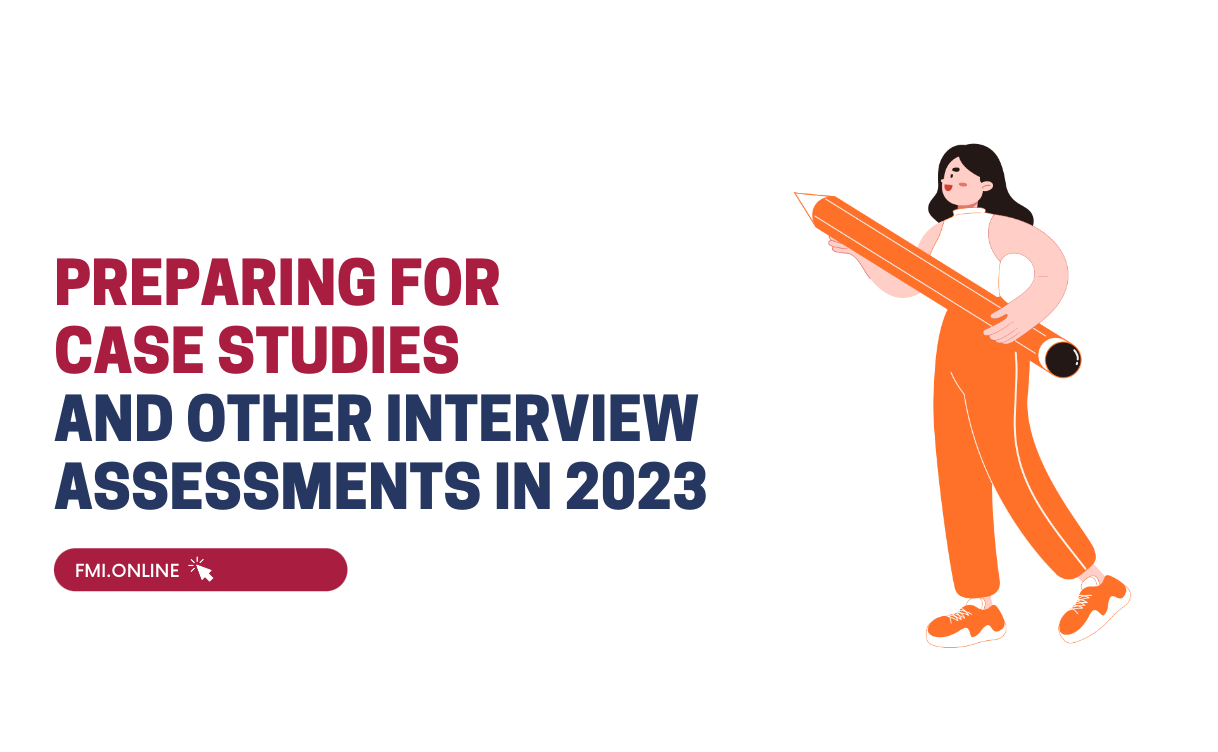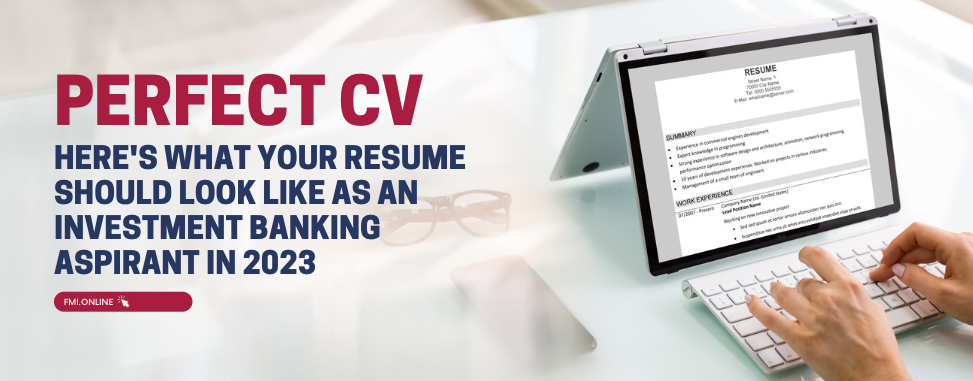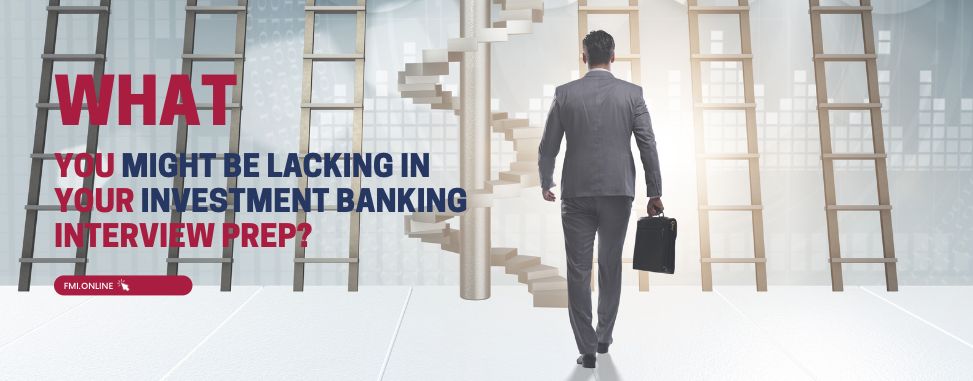In most investment banking applications, cover letters accompany the resume. Applicants are typically screened on the basis of their resume, school, GPA and relevant keywords as the first stage of filtering. If you went to a tier 1 university and have a strong GPA, then your cover letter may be given precedence and read in more detail. A well-crafted cover letter is particularly important for those in the field of investment banking. So, to help you get through this process, we have created a guide on writing an IB cover letter.
Why you should write a cover letter
Cover letters are generally a necessary document required in the application process. As a fresher, it is always a good idea to write a cover letter even if it is optional. This is a great and substantial tool to show how you stand out, a specific value-add, and why you are interested in the job.
There are four main components to a standard investment banking cover letter:
- Introduction
- Experience
- Fit
- Conclusion
Step 1: Introduction
The introduction paragraph is meant to grab the reader’s attention. While writing a concise investment banking cover letter, feel free to showcase your skills and achievements right away. The recruiter is specifically looking for:
- who you are and
- why they should take your application into consideration over thousands of other applicants
You should start with the name of your school, your major, and GPA, and then explain what motivated you to apply for this position. These could be very simple instances such as watching a news interview, or reading a magazine article or meeting someone at the bank, etc. The story behind why you applied for the role is key. Further, make sure to include an example which shows that you have made an honest effort towards your dream career.
Step 2: Experience
Next, go on to describe the relevant experience that you have in the field, which makes you a perfect candidate for the investment bank to hire.
Since you are a recent graduate or are about to graduate, it is unlikely that you would have formal work experience in the industry. However, this shouldn’t stop you from including the relevant internships, experience in university clubs or other associations, certifications, courses in Investment Banking or any activities that show your passion for finance. You should try to connect your experience with skills that are required in investment banking such as business analysis, data modelling, and valuation.
Step 3: Fit
Culture is extremely important in any business, and more so in prestigious institutions like Goldman Sachs and JP Morgan Chase. Describing why you would be a good fit for the institution is vital. To do so, you first have to understand the bank’s culture, which includes their core values, mission and vision statements, ethos etc. From reading your cover letter, the recruiter should feel confident that you will be able to assimilate in the institution. This requires research on the bank’s website as well as connecting with current employees to learn the bank’s primary values.
You can also interact with the ex-employees of the bank to get a more holistic view on a bank’s culture. Once you know what it’s like, you can make an honest assessment of how close a fit you actually are. In any case, you should use the insights you are able to collect about the company’s culture to your and the institution’s advantage. For instance, at a firm like Goldman Sachs which provides great customer service to very high networth individuals, you can highlight how you may contribute to that and how the bank could benefit from it.
Step 4: Conclusion
Towards the end, converge all the points together by mentioning how interested you are to work at the bank, why you’re well-suited, and point out that you’ve attached your resume along with the CV. You can mention that you are looking forward to the opportunity to discuss your candidature. The conclusion section always ties up everything you said in the first two sections and no real new information should be presented there.












 60+ hours
60+ hours 9 courses
9 courses



